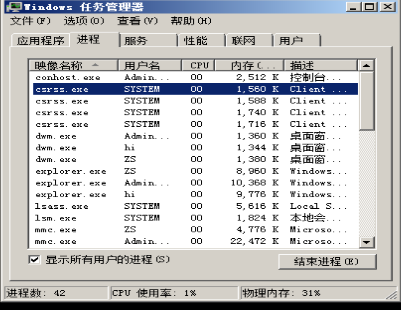1、理解享元模式的动机,掌握该模式的结构;
2、能够利用享元模式解决实际问题。
[实验任务一]:围棋
设计一个围棋软件,在系统中只存在一个白棋对象和一个黑棋对象,但是它们可以在棋盘的不同位置显示多次。
实验要求:
1. 提交类图;
2. 提交源代码;
package ruanjiansheji.shiyan13;
public class BlackChess extends Chess{
@Override
public String getColor() {
return "黑";
}
}
package ruanjiansheji.shiyan13;
public abstract class Chess {
public abstract String getColor();
public void locate(Coordinate co) {
System.out.println(this.getColor()+"棋的位置:"+co.getX()+","+co.getY());
}
}
package ruanjiansheji.shiyan13;
import java.util.Hashtable;
public class ChessFactory {
private static ChessFactory instance = new ChessFactory();
private static Hashtable ht;
public ChessFactory() {
ht = new Hashtable();
Chess black, white;
black = new BlackChess();
ht.put("b", black);
white = new WhiteChess();
ht.put("w", white);
}
public static ChessFactory getInstance() {
return instance;
}
public static Chess getChess(String color) {
return (Chess) ht.get(color);
}
}
package ruanjiansheji.shiyan13;
public class Coordinate {
private int x;
private int y;
public Coordinate(int x, int y) {
// TODO Auto-generated constructor stub
this.x = x;
this.y = y;
}
public int getX() {
return x;
}
public void setX(int x) {
this.x = x;
}
public int getY() {
return y;
}
public void setY(int y) {
this.y = y;
}
}
package ruanjiansheji.shiyan13;
public class Main {
public static void main(String[] args) {
Chess black1,black2,black3,white1,white2;
black1 = ChessFactory.getChess("b");
black2 = ChessFactory.getChess("b");
black3 = ChessFactory.getChess("b");
white1 = ChessFactory.getChess("w");
white2 = ChessFactory.getChess("w");
black1.locate(new Coordinate(1, 3));
black2.locate(new Coordinate(-2, 5));
black3.locate(new Coordinate(5, 4));
white1.locate(new Coordinate(-4, 6));
white2.locate(new Coordinate(3, 3));
}
}
package ruanjiansheji.shiyan13;
public class WhiteChess extends Chess{
@Override
public String getColor() {
return "白";
}
}
3.注意编程规范;
4.要求用简单工厂模式和单例模式实现享元工厂类的设计。








